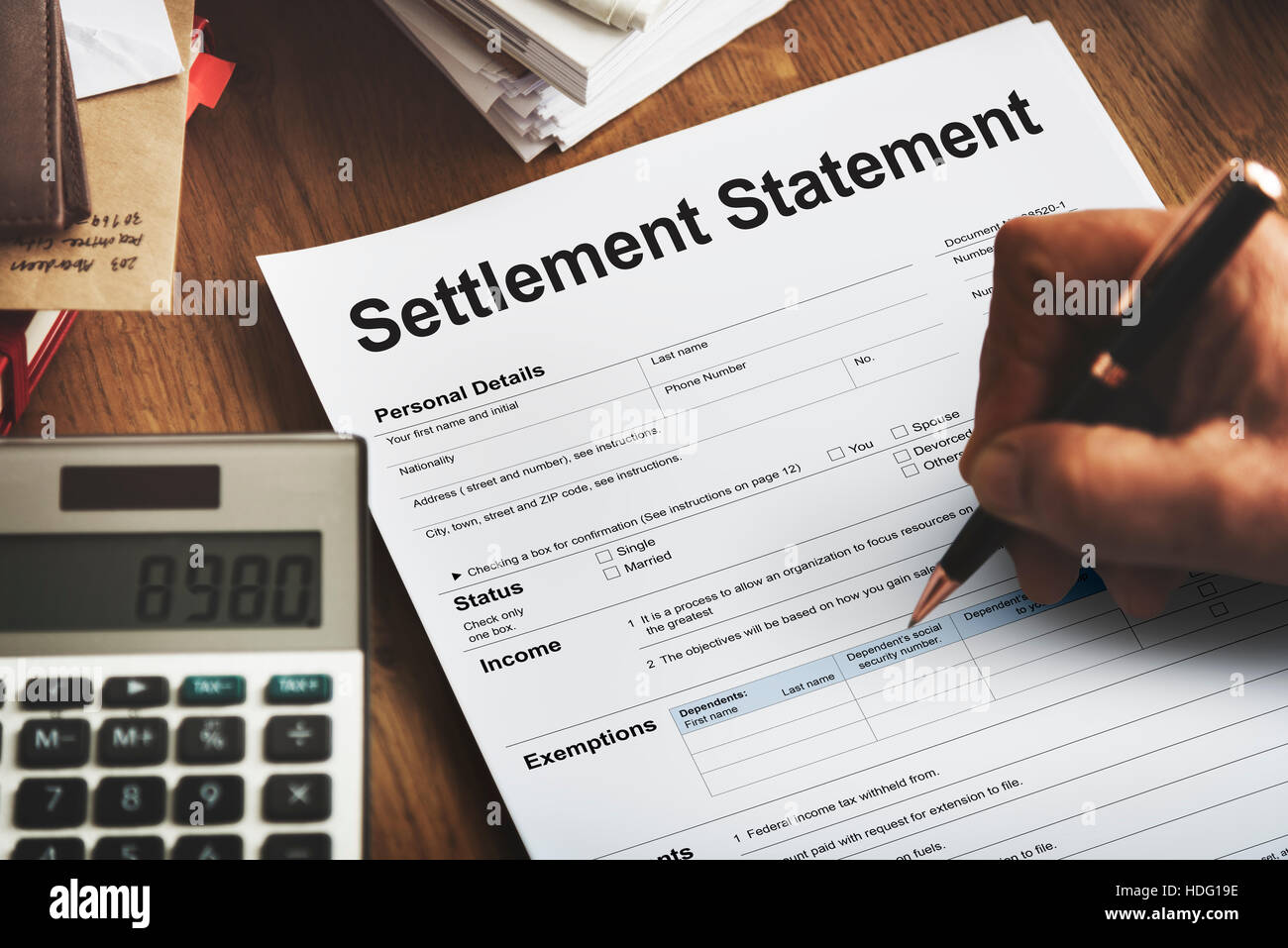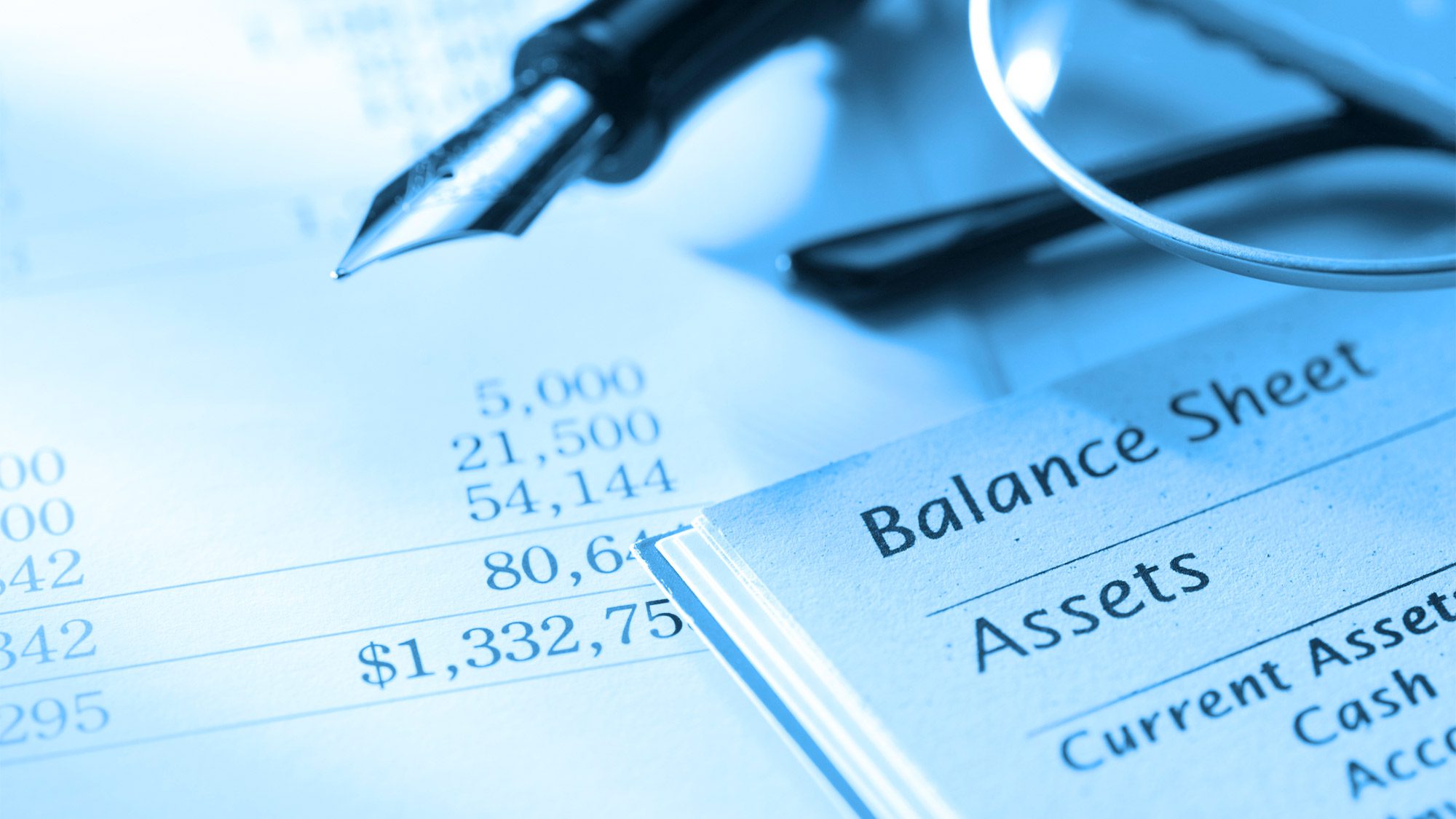
How to Read a QLD Settlement Statement (Including Adjustments)
At Sunstate Conveyancing, we understand that settlement day can feel overwhelming, especially when faced with a detailed settlement statement. This crucial document outlines the financial details of your property transaction, including the purchase price, adjustments, and balances payable or receivable. To ensure a smooth and stress-free settlement, we’ve created this guide to help you understand and navigate your QLD settlement statement, including frequently asked questions.
What is a Settlement Statement?
A settlement statement is a financial summary prepared during a property transaction. It ensures all parties know exactly what they owe or will receive at settlement. For buyers, it shows the remaining balance to pay. For sellers, it calculates the net proceeds after adjustments and expenses are deducted.
Key Sections of a QLD Settlement Statement
Purchase Price
The agreed price for the property as per the contract of sale.
Deposit Paid
Any deposit made by the buyer is deducted from the total payable at settlement.
Adjustments
Adjustments allocate property-related expenses like council rates and water charges between the buyer and seller based on their respective ownership periods.
Balance Payable or Receivable
This is the final amount the buyer must pay or the seller will receive after all adjustments are calculated.
Cheques to be Drawn
A breakdown of cheques required to complete the settlement, including payments to the seller, government authorities, and other entities.
Understanding Adjustments
Adjustments ensure fairness by dividing costs based on when the buyer and seller own the property.
Types of Adjustments
Plus Adjustment:
A cost already paid by the seller that the buyer needs to reimburse. For example, if the seller has prepaid annual council rates, the buyer pays their share for the period from the settlement date onward.
Less Adjustment:
A cost incurred but unpaid by the seller that the buyer will pay post-settlement. The seller’s portion for their ownership period is deducted from the sale proceeds.
Example Settlement Adjustments
Council Rates:
Annual rates: $2,400
Settlement date: July 1 (halfway through the year)
Adjustment: The buyer reimburses the seller $1,200 (plus adjustment).
Water and Sewer Fixed Access Charges:
Fixed charges: $500 annually
Settlement date: The buyer reimburses $250 to the seller (plus adjustment).
FAQ: Frequently Asked Questions
Q: What is a Plus Adjustment?
A plus adjustment is a cost the seller has prepaid, which the buyer reimburses at settlement. Common examples include council rates and water access charges. This ensures the seller isn’t out of pocket for expenses covering the buyer’s ownership period.
Q: What is a Less Adjustment?
A less adjustment occurs when the seller hasn’t paid a cost due before settlement, such as unpaid water usage calculated from the water invoice until settlement. This amount is deducted from the sale proceeds to ensure the buyer isn’t responsible for expenses incurred during the seller’s ownership.
Q: Why are there cheques to be drawn when I am the buyer?
Even as the buyer, cheques may need to be drawn for several parties, such as the seller, your bank, or government authorities (e.g., for stamp duty or registration fees). These cheques are part of the settlement process to ensure all financial obligations are met.
Sample Settlement Statement Breakdown
Here’s an example of how a QLD settlement statement might look for a buyer:
Purchase Price: $500,000
Deposit Paid: $50,000
Adjustments Owed to Seller:
Council rates: $1,200 (plus adjustment)
Water charges: $250 (plus adjustment)
Balance Payable by Buyer: $451,450
Cheques to be drawn:
$400,000 to the seller’s bank
$50,000 to the sellers account (surplus of funds)
$1,450 to government authorities (e.g., council and water utilities).
Tips for Reviewing Your Settlement Statement
Double-Check Adjustments
Ensure council rates, water charges, and other adjustments are calculated accurately based on settlement dates and billing periods.
Understand Your Obligations
Familiarize yourself with all credits and debits, and verify the final balance payable or receivable.
Clarify Cheque Details
If you’re unsure about the cheques required, ask your conveyancer to explain them. They’re essential for completing settlement obligations.
Seek Professional Guidance
Your conveyancer is there to ensure everything is accurate and in your best interest. Don’t hesitate to ask questions.
Why Choose Sunstate Conveyancing?
At Sunstate Conveyancing, we are experts in handling settlement statements and adjustments. Our experienced team ensures every detail is accurate and explained clearly, so you can feel confident on settlement day.
Whether you’re a buyer or seller, we’re committed to providing seamless property transactions that minimize stress and maximize clarity.
Reading and understanding your QLD settlement statement is crucial for a successful property transaction. By familiarizing yourself with the purchase price, adjustments, and cheque details, you’ll be well-prepared for settlement day.
If you have any questions or need expert assistance, contact Sunstate Conveyancing today. Let us guide you through every step of your property journey with professionalism and care.
This is general advice only, for specific advice speak with your legal representative.




